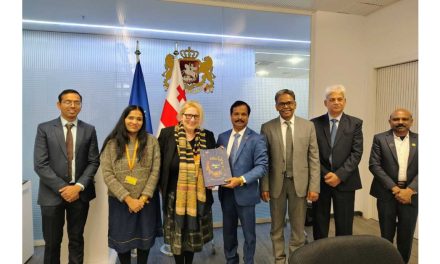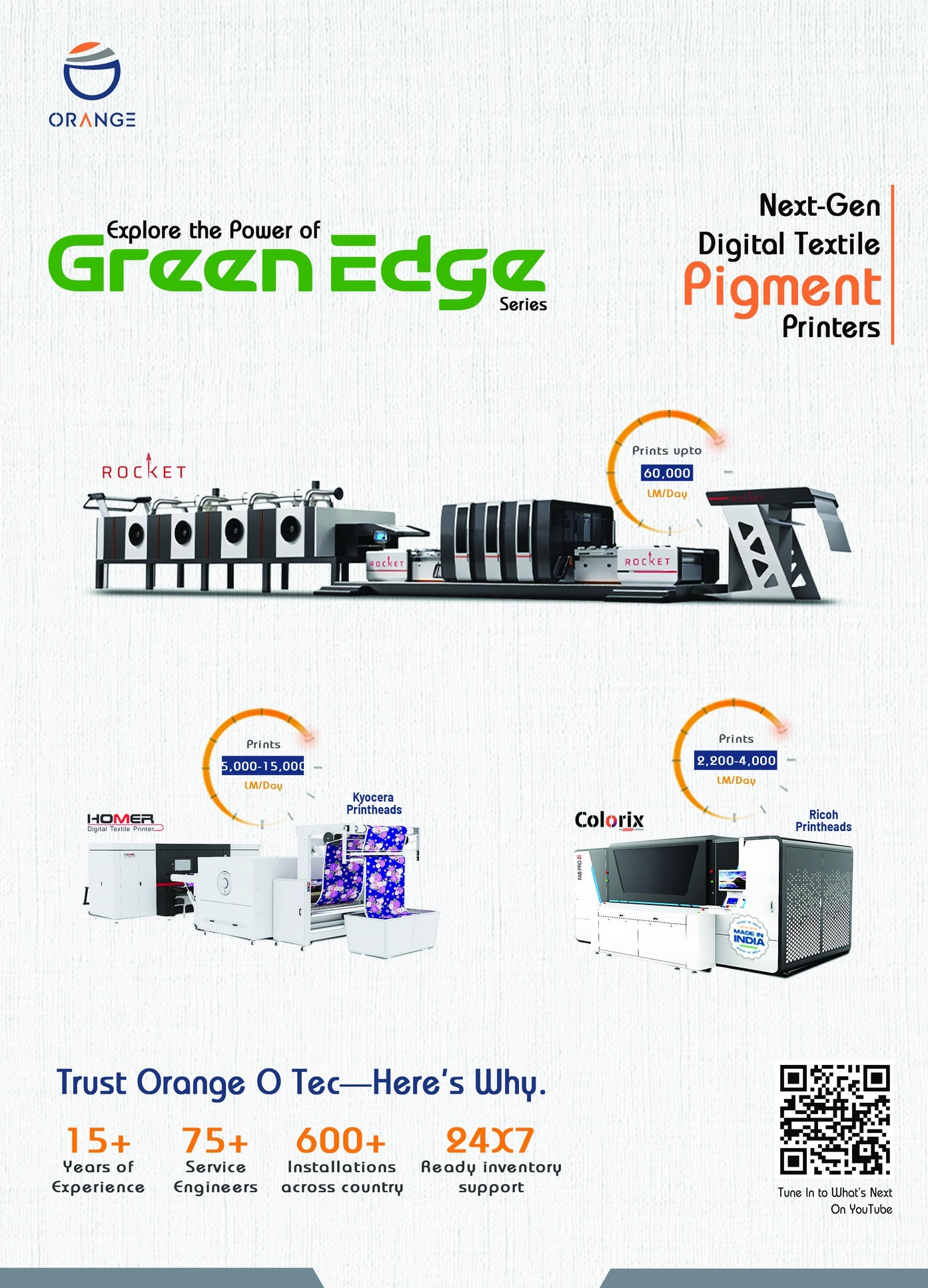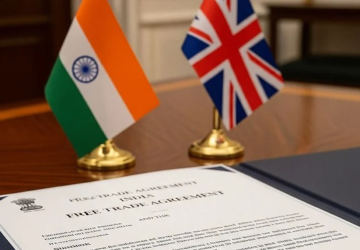 The growth of Indian textile industry, the 2nd largest employment provider of the nation that provides job to over 110 million people particularly the rural masses and the women folks of the nation has been stagnated, due to expensive MMF clothing cost as a result of higher rates of tax on MMF fibres, filaments and yarns. When the Government introduced the “One Nation, One Tax” reform through GST by subsuming multiple tax structures, thereby plugging loopholes for evasion, the raw materials of MMF clothing, widely used by the common masses, were taxed at 18% and 12%, while fabrics and garments were placed under the 5% GST slab. This tax structure suffered severe duty inversion, ultimately making the poor man’s clothing more expensive. This also encouraged dumping of cheaper MMF fabrics, textiles and clothing products in the country, greatly impacting the growth of MMF textile value chain.
The growth of Indian textile industry, the 2nd largest employment provider of the nation that provides job to over 110 million people particularly the rural masses and the women folks of the nation has been stagnated, due to expensive MMF clothing cost as a result of higher rates of tax on MMF fibres, filaments and yarns. When the Government introduced the “One Nation, One Tax” reform through GST by subsuming multiple tax structures, thereby plugging loopholes for evasion, the raw materials of MMF clothing, widely used by the common masses, were taxed at 18% and 12%, while fabrics and garments were placed under the 5% GST slab. This tax structure suffered severe duty inversion, ultimately making the poor man’s clothing more expensive. This also encouraged dumping of cheaper MMF fabrics, textiles and clothing products in the country, greatly impacting the growth of MMF textile value chain.
Globally, MMF textile and clothing fibre consumption accounts 70% while the same accounts only 30% in India, mainly due to the tax structure. The blockage of huge working capital due to duty inversion has also been greatly affecting the profitability and the growth of the Indian textile industry. The Government has introduced unique policy initiatives such as National Technical Textiles Mission (NTTM) allocating Rs. 1,480 crores, Production Linked Incentive (PLI) Scheme allocating Rs.10,683 crores and PM Mega Integrated Textile Regions and Apparel (PM MITRA) Parks scheme allocating Rs. 4,445 crores, giving a major thrust for attracting large sale investment in the MMF textile value chain. These schemes could not yield the envisaged results mainly due to higher rates of GST on MMF and yarns.
In a press release issued here today, Dr.S.K. Sundararaman, Chairman, SIMA has highly appreciated and thanked the Hon’ble Prime Minister Shri Narendra Modiji, Hon’ble Union Minister of Finance Smt. Nirmala Sitharaman, Hon’ble Union Minister of Commerce & Industry Shri Piyush Goyal and Hon’ble Union Minister of Textiles Shri Giriraj Singh for the bold and historical tax reform brought for the MMF textile value chain by slotting the entire value chain in the 5% slab, a long pending demand of the textile industry and greatly addressing the MMF raw material structural issues.
He has said that the government has set a vision of increasing the textile business size from USD 172 billion to USD 350 billion and the exports from USD 37 billion to USD 100 billion. He further added that textile exports got stagnated at USD 37 billion by more than 12 years. He has stated that the depleting cotton production has also curtailed the growth of the textile industry. He pointed out that the country would need around 22 billion kgs of raw material (fibres and filament yarns) as against the current availability of around 12 billion kgs, to achieve the vision and particularly polyester will be the main growth engine for the textile industry to achieve the vision.
SIMA Chairman has stated that though PTA & MEG and wood pulp, the raw materials for manufacture of polyester and viscose respectively, continue to attract 18%, the revised change in the law to provide 90% provisional refund in 7 days, which was not prevalent in the case of inverted duty refund, is the solution for addressing the duty inversion for the MMF producers. He has added that as the number of MMF manufacturers are very limited, the government can easily resolve their tax related problems and thus fully address the issues of several lakhs of manufacturers, traders and ultimately the consumers. SIMA Chairman has also highly appreciated the government for establishing fibre neutrality, totally arresting the loopholes for duty evasion, ensuring 100% compliance by bringing the entire textile industry under the 5% slot, fully taking care of the compounding taxpayers who pay 1% tax rate. Dr. S.K. Sundararaman has stated that the bold and timely initiative of the Hon’ble Prime Minister is a very big boost for mitigating the abnormal tariff imposed by the US on the Indian goods.
He has said that the domestic consumption can very well be increased by 7-10% in a short span of time, increasing the per capita consumption and bringing more revenue to government, as the final products attract 5% GST and thus enable the industry to navigate the challenges posed by the US tariff.
















